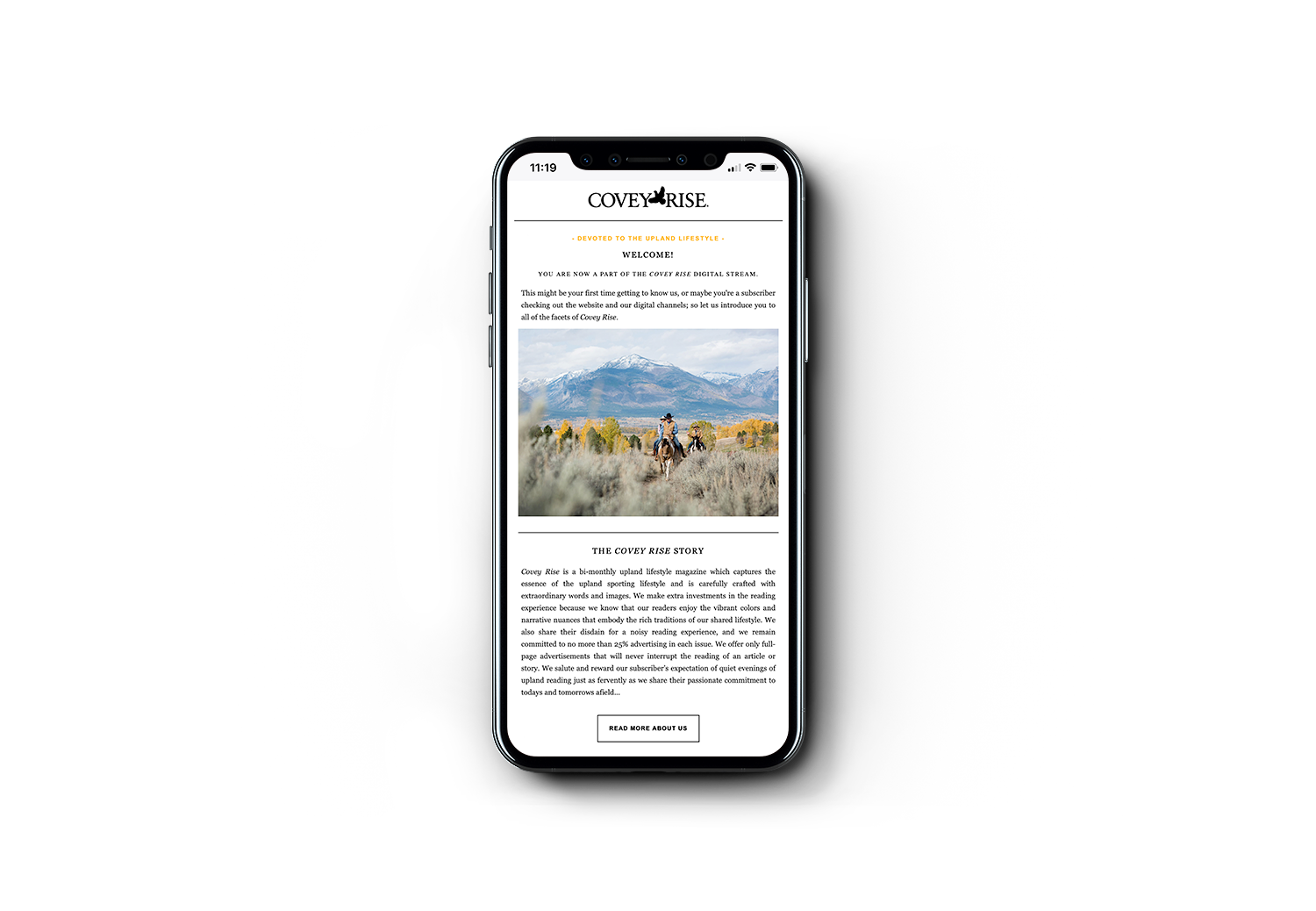To me, “remote” was an abstraction, a vague idea of distance and expanse and low probability. Until I found it on a map. Remote, Oregon, doesn’t pass for much of a town—but in my mind it has come to stand for a place of wild country and a chance for adventure.
To be honest, I didn’t think my oldest daughter would want to hunt for awhile after she got married. But here we were, with her new husband in tow, a rifle and a shotgun in the rack.
East of Remote, the road turned to gravel and climbed up and around the back of Bone Mountain, past the snowline. We locked the hubs in and shifted into four-wheel drive. Daylight pushed back the dark. We looked into bowls of fresh powder and hoped to strike a track.
Our chances of seeing elk were, well, remote; but I had a plan that involved the shotgun and a few roads I had found that would take us below the snowline.




